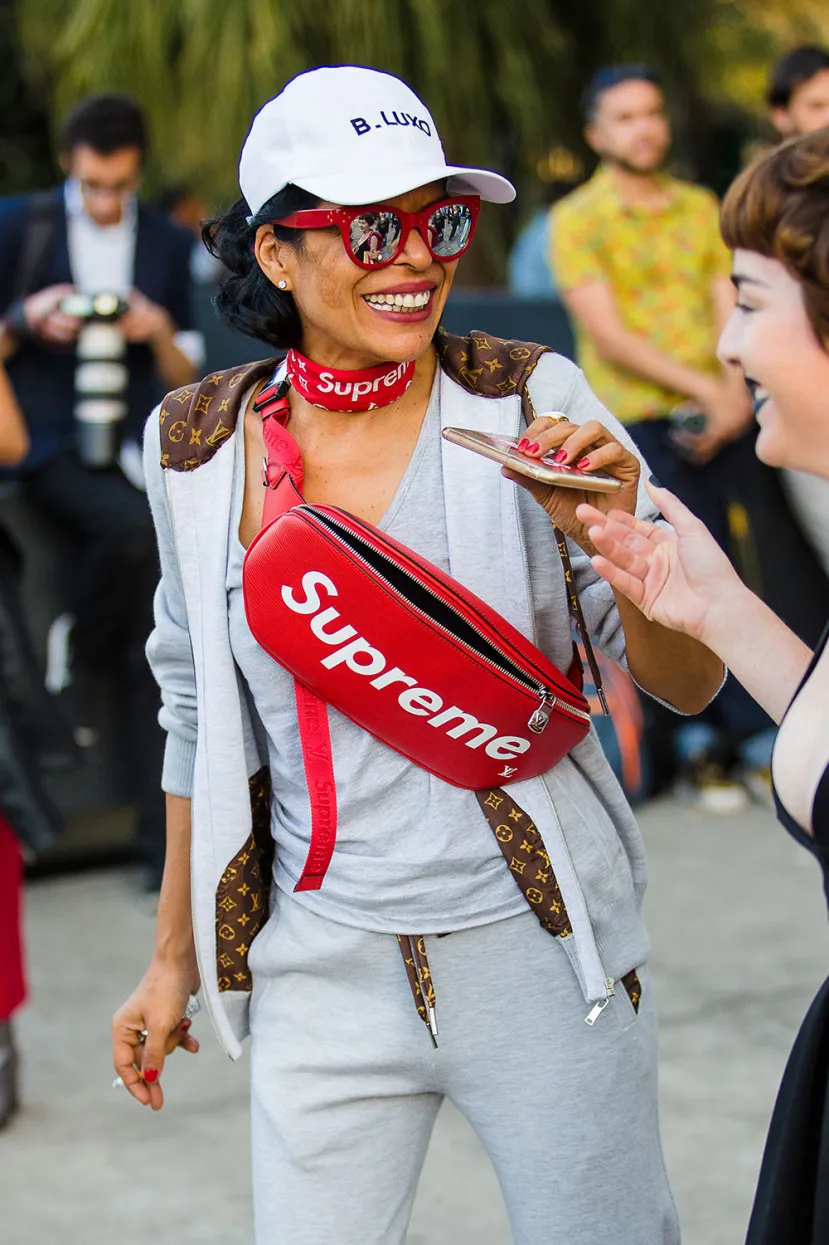Snow Kiss Cookies to Die For - on Amazon
Snow Kiss Cookies Recipe
Makes a dozen cookies
Ingredients:
2 sticks unsalted butter
½ cup sugar
½ tsp salt (Sea salt or Himalayan, or Kosher)
1 tbsp. cinnamon
1 tsp vanilla
1 ¾ cup flour
Powdered sugar
Shredded coconut
Fresh grated ginger
Instructions:
- Cream butter, sugar,
vanilla, cinnamon, and salt together in bowl
- Add flour slowly to the
mixture until combined
- Put in clear food wrap and
chill in refrigerator for 1 – 2 hours
- When dough is ready,
preheat oven to 325 degrees. Roll the dough in a ball and flatten with a
spatula. Shape cookies into flat circles. Put on baking sheet
- Plop onto the middle of
each cookie a pinch more of salt and a dollop of ginger
- Bake for 7 minutes at 325
degrees
- Broil for 3 minutes or
until you see coloration
- Cool 10 – 15 minutes
- Sprinkle powdered sugar
before fully cooled and add
shredded coconut to the top
Enjoy!
The Legend of the Snow Kiss
Cookies
Dez took a step back from his
embrace. “The cookies . . . It’s a cute legend my grandmother told me when I
was little.”
Leo coaxed her, “Tell it to me.”
Those dark
brown eyes searing to her soul were irresistible. “It’s about Emma and William
who lived in Denmark hundreds of years ago. They were best friends. Once upon a time in adulthood, on a cold
December day Emma rushed out to find her family’s horse. The animal had broken
free from the barn and wandered into the forest. A terrible snowstorm kicked
up, Emma fell and hurt her ankle and couldn’t get home.”
Leo
groaned. “Poor Emma.”
Dez
was tickled, he paid attention to her story. “A nisse told William she was
missing.”
Leo
cocked his head to the side with his endearing grin. “What’s a nisse?”
Dez
winked. “Of course, that’s a cross between a gnome and a Santa.
Leo
laughed. “Of course.”
Dez
continued her story. “They are Danish magical beings. The nisse led William
through the storm to Emma. As they approached, a fierce wolf raced to attack
her. William grabbed a hefty fallen branch and beat the wolf away.”
“Bravo!”
Leo cheered.
Dez
smiled and in it she felt a longing. “The two friends reunited with a warm hug.
The snowstorm subsided into a light flurry of flakes.”
Leo
asked, “So she was okay?”
Dez
nodded. “But she was hungry. The nisse took out a decorated bag from his
satchel and inside was a koekje. That means ‘little cake’ in Danish. That’s
where we get our word cookie.”
Leo
said, “I didn’t know that.”
Dez
went on with the story, “As the nisse offered the koekje, snowflakes fell and
frosted the top. Emma and William each took a bite, then they laughed to see
the powdered snow on each other’s lips like a kiss. That’s when they realized .
. . “
“Realized
what?”
Dez
looked deep in his eyes, searching. “They realized they loved each other.” She
looked down at his sneakers. “The nisse knew it all along and shouted
‘Forelsket’ meaning in love. That’s why he gave them the Snow Kiss Cookies”



























